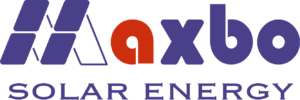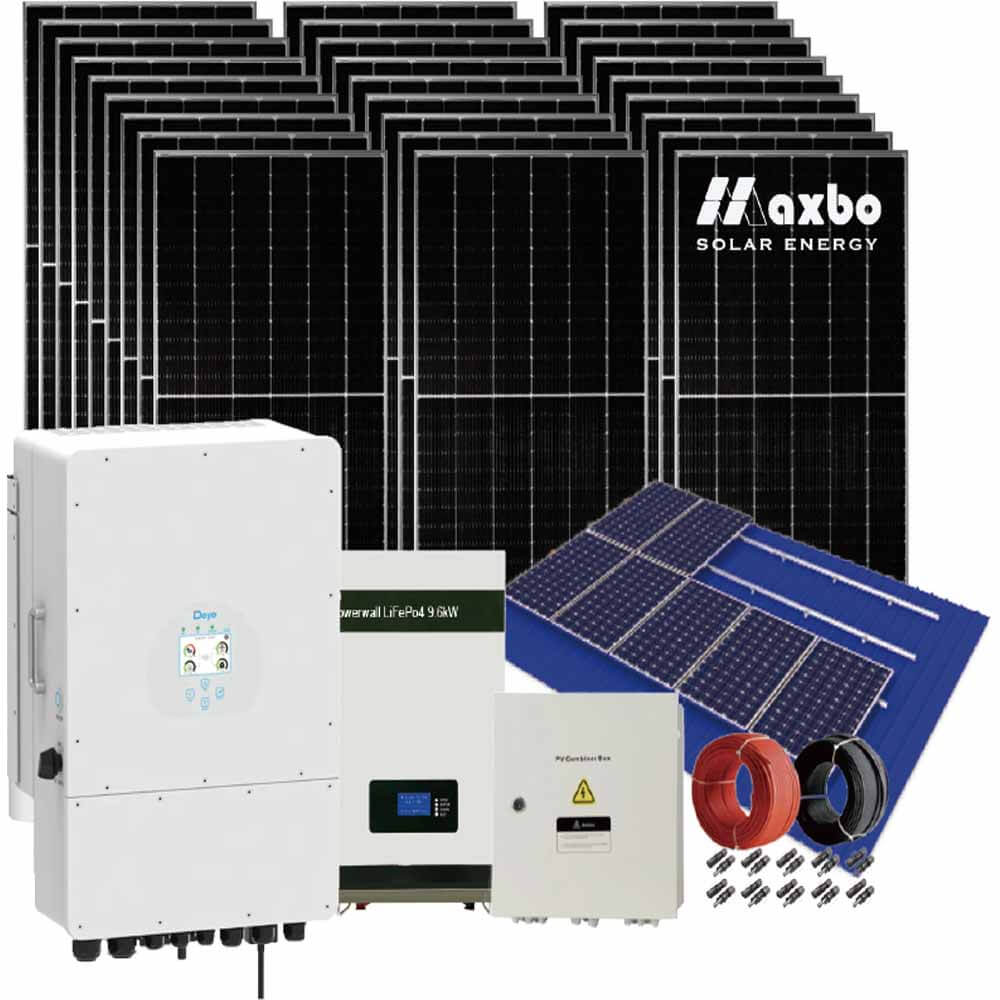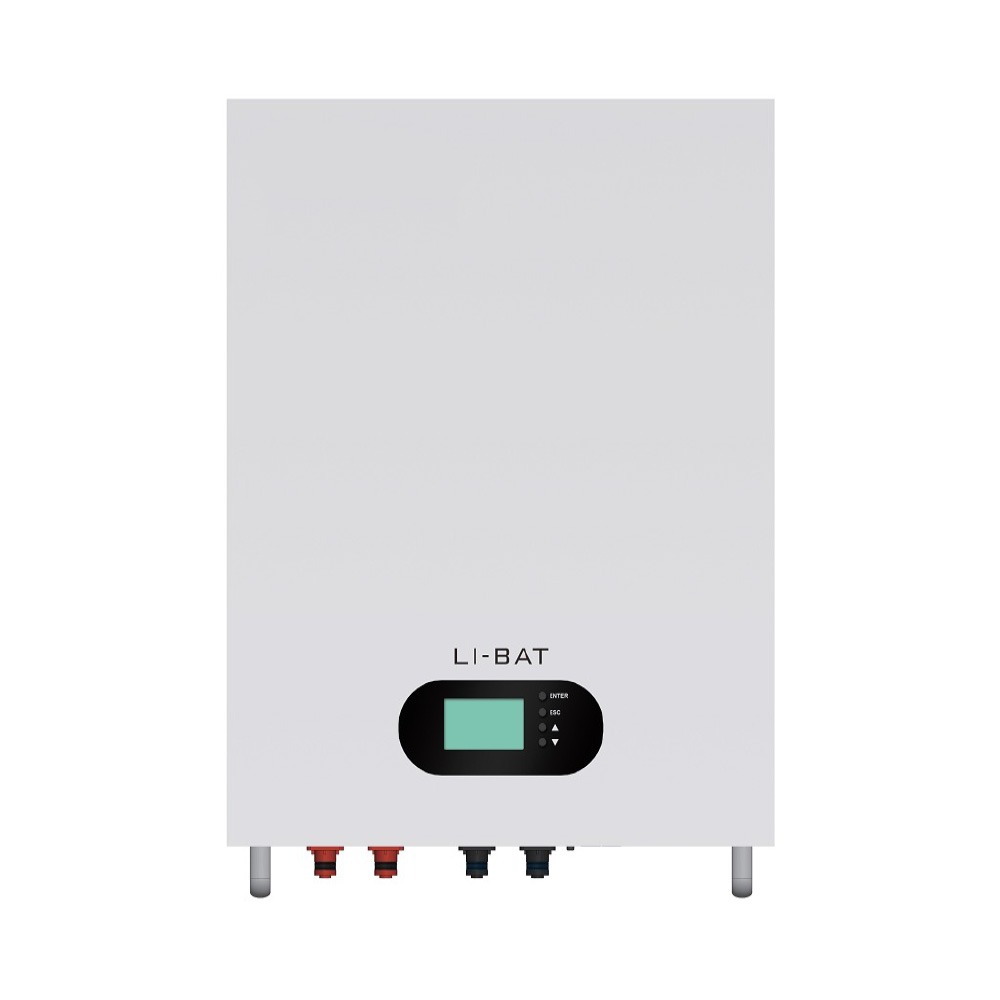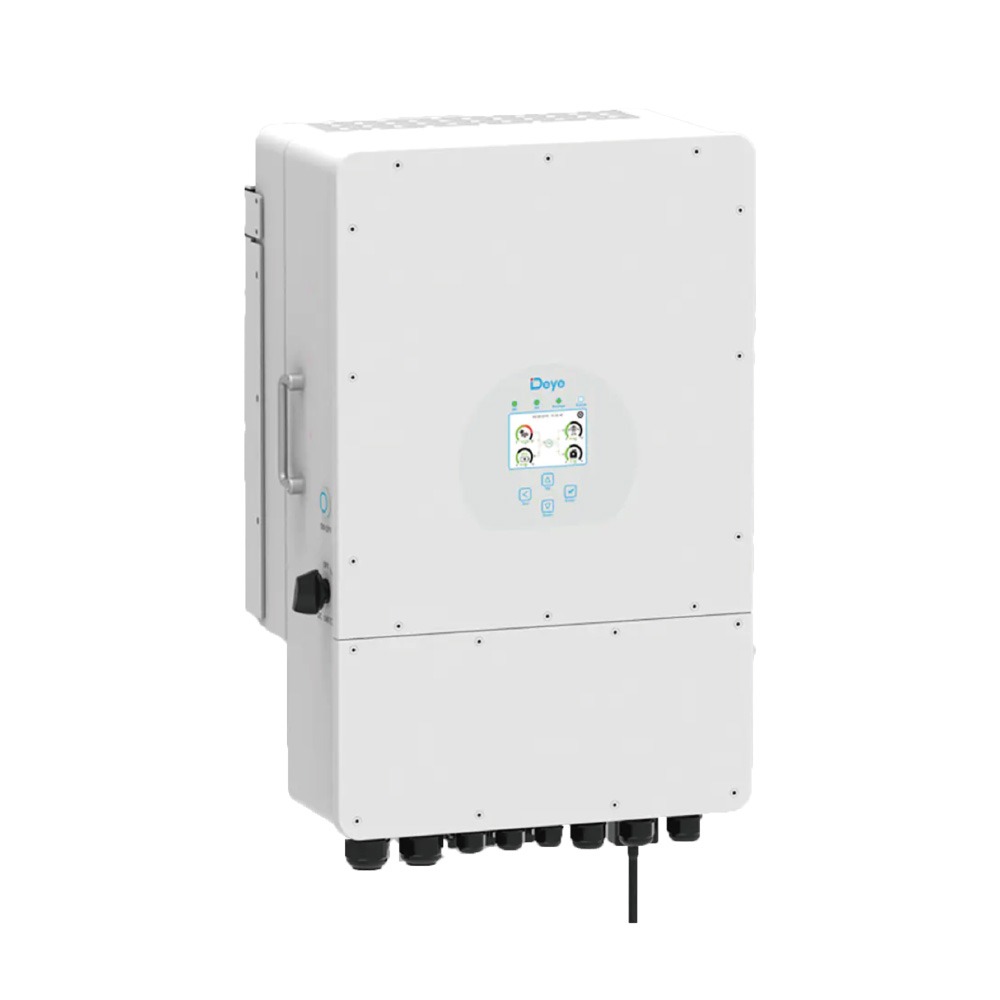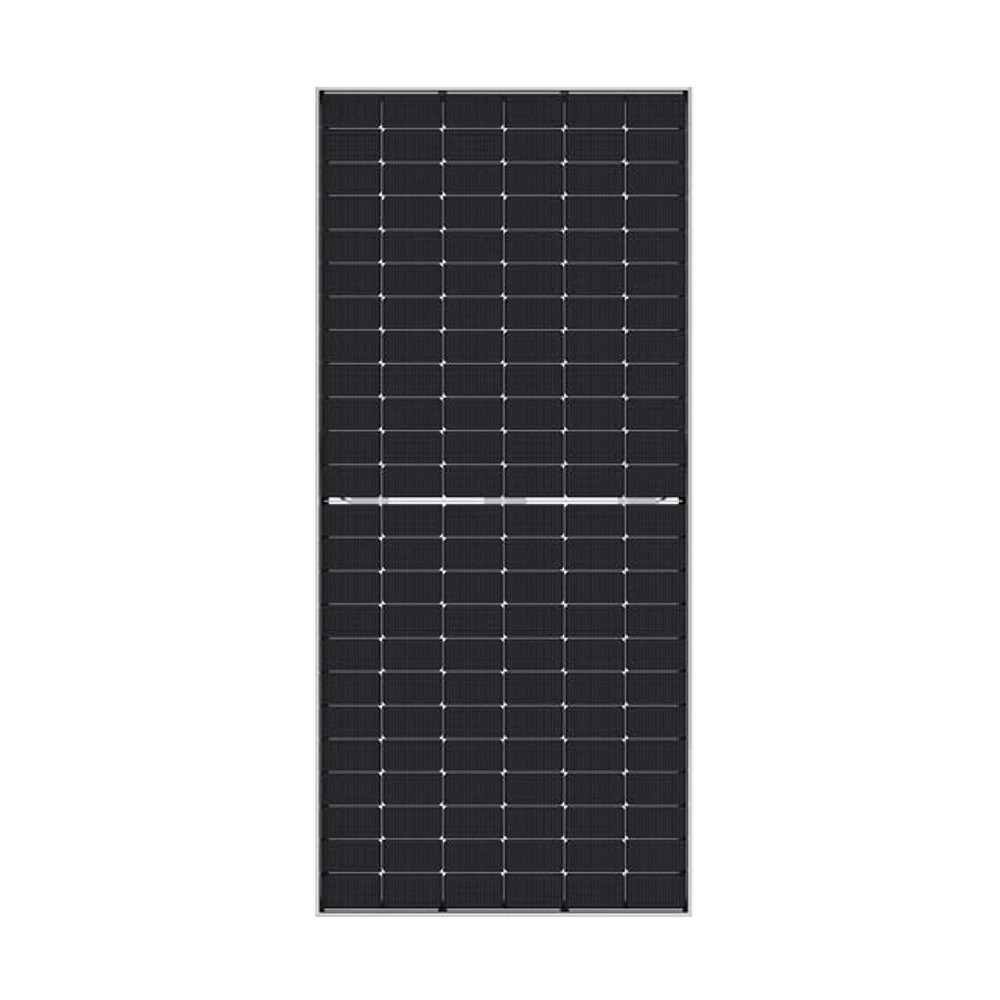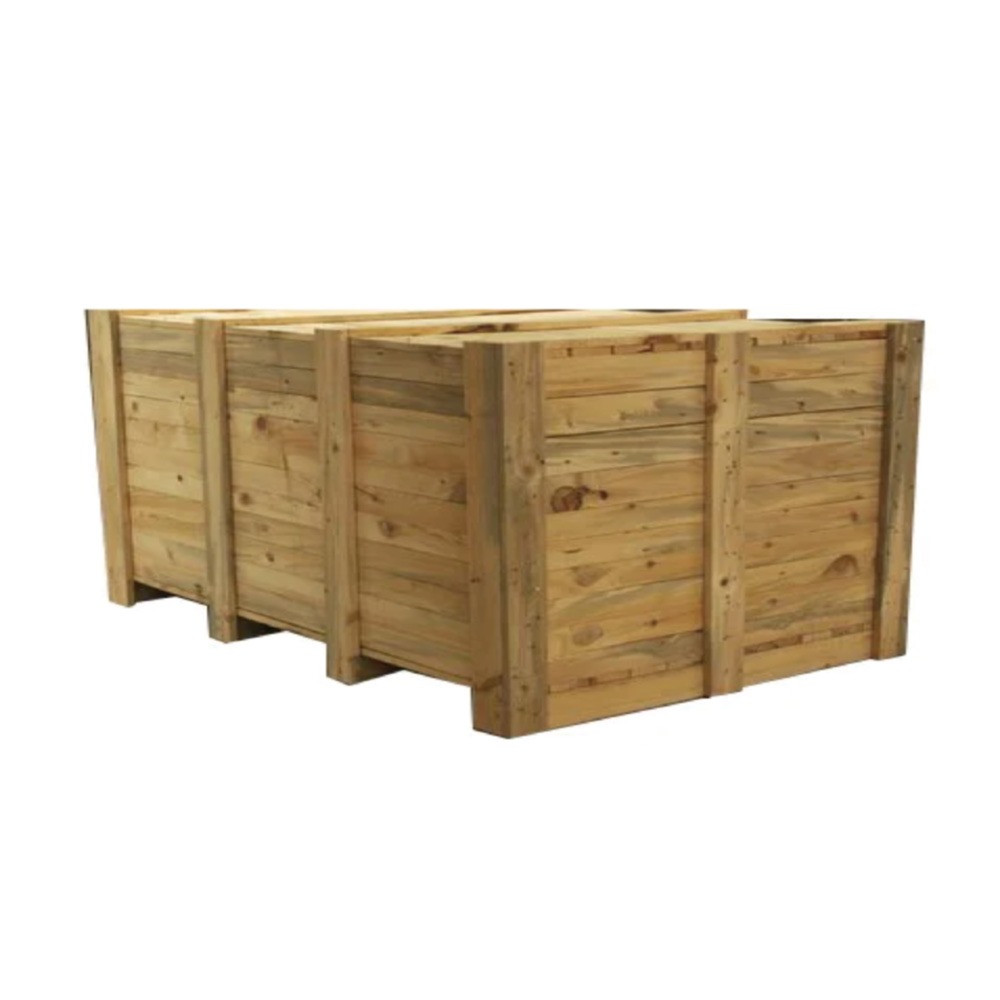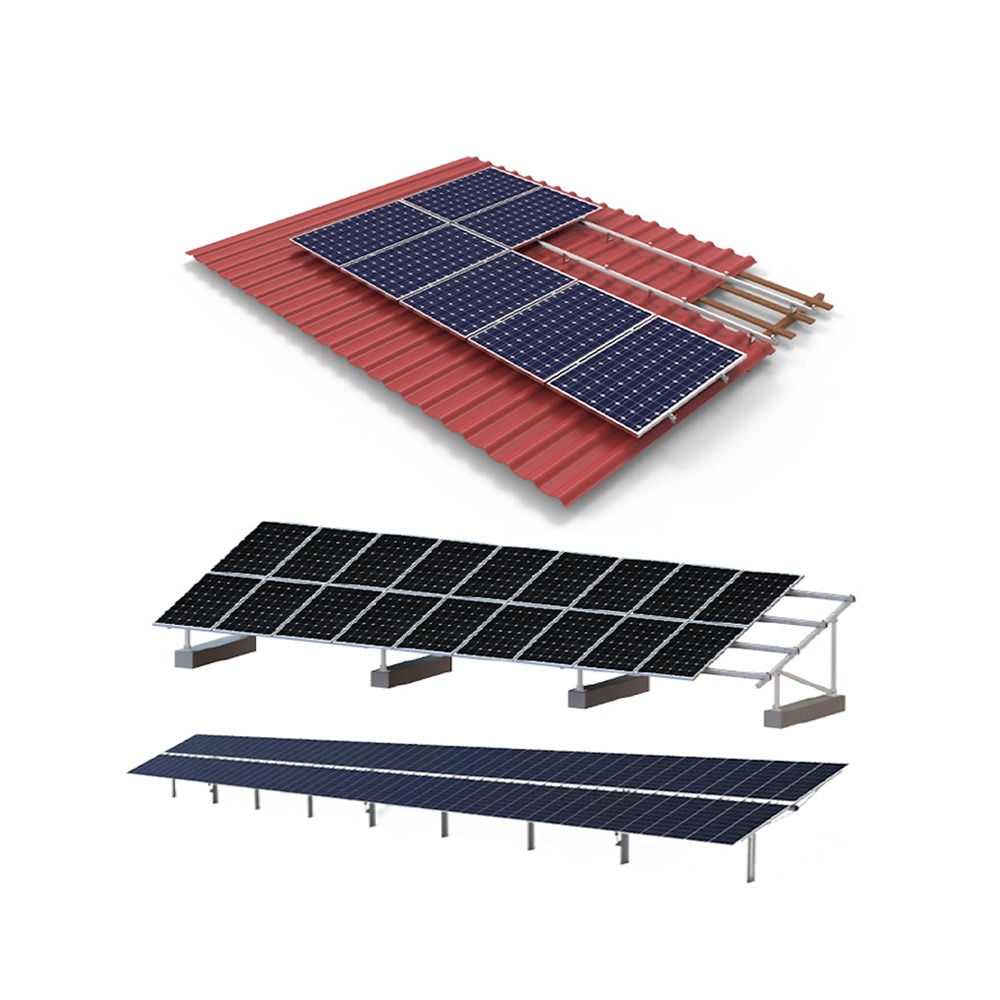10 kW Solar Power system Hybrid
FOB China Price: US$4,399.00~US$4,599.00
Fully Customizable to Fit Your Requirements!
| Daily Generating | 31.49kWh |
|---|---|
| Drivable loads | within 10kW |
| Stored energy | 9.6kWh |
| Install area | Approx. 48 m² |
FOB China Price: US$4,399.00~US$4,599.00
Fully Customizable to Fit Your Requirements!
| Daily Generating | 31.49kWh |
|---|---|
| Drivable loads | within 10kW |
| Stored energy | 9.6kWh |
| Install area | Approx. 48 m² |
| Picture | Description | Qty |
|---|---|---|
 |
SUN-10K-SG04LP3-EU Hybrid Inverter – 10kW Output Power: 10kW Battery voltage: 40-60V MPPT Voltage Range (V): 200-650V Grid Type: Three phase, 220/380V, 50/60Hz Number of MPPT / Strings per MPPT: 2/2+1 Size: 422×702×281mm Weight: 33.6kg 6 years warranty |
1pc |
 |
Solar Panel – 550W Size: 2278x1135x35mm Open-circuit Voltage (Voc): 49.62V Weight: 28kg 12 years product warranty 25 years linear power warrantyl |
18pcs |
 |
Lithium Battery 51.2V 200Ah 10.24kwh Cycle life: 5000-6000 times at DOD 80% Size: 465×682×246mm Weight: 91KG 6 years warranty |
1pc |
 |
Bracket Rooftop / Ground Mounting system Enough bracket for 18pcs panels (free design display) |
1set |
 |
Cable 2roll 100m/roll, 4mm² Certificate: TUV, CE, IEC |
3pcs |
 |
MC4 plug Rated current: 30A Rated voltage: 1000VDC |
1 set |
 |
Panels Wooden Package Custom made |
1 set |
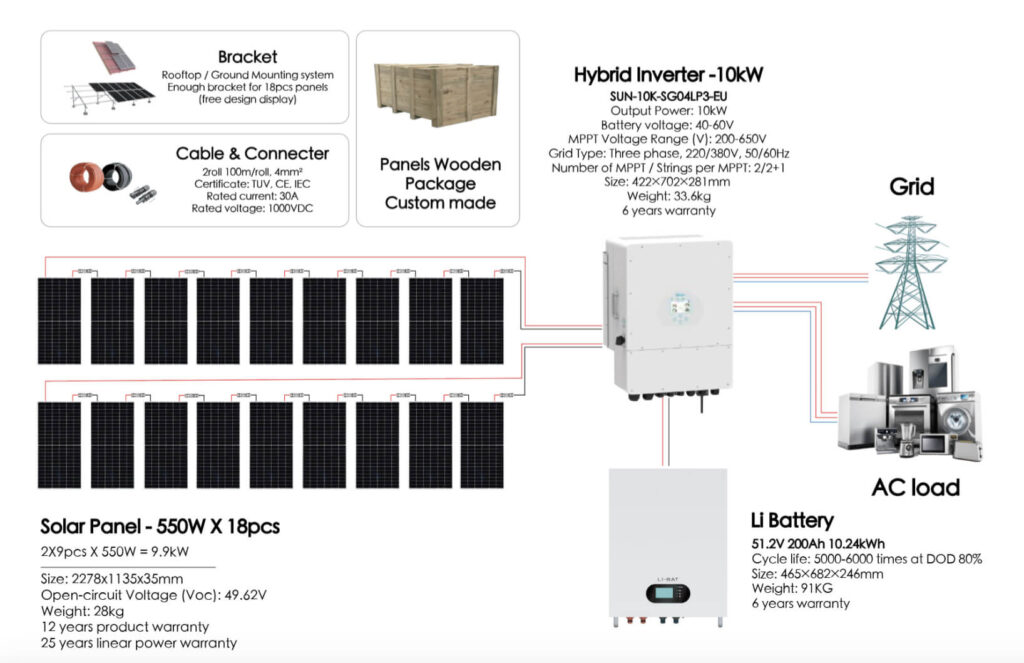
Installing a 10 kW solar power system involves several key steps to ensure efficient integration and optimal performance.
Before installation, a thorough site assessment is conducted to evaluate factors such as sun exposure, shading, roof condition, and local regulations. This assessment guides the optimal placement of the 10 kilowatt solar panel system to maximize energy generation. Factors like roof orientation and tilt, as well as potential obstructions, are critically analyzed to determine the best configuration.
Solar panels are mounted on rooftops or ground-mounted structures. The installation method depends on specific site conditions and available space. Proper positioning and installation of the 10 kW solar power system are crucial for capturing maximum sunlight and ensuring optimal performance. Ground-mounted systems may be beneficial in areas with ample land, allowing for larger installations and easier maintenance access. Check our installation services on our Installation Services page.
Inverters are essential components of a 10 kWh solar system, converting the direct current (DC) generated by the solar panels into usable alternating current (AC) electricity. Depending on the setup, either string inverters or microinverters may be used, each offering different advantages in terms of efficiency and scalability. The choice of inverter significantly affects the system’s overall performance, especially in partially shaded conditions.
To create a hybrid system, integrating an energy storage solution, typically lithium-ion batteries, is key. These batteries store excess solar energy produced during the day for use during low-sunlight periods or grid outages. A well-designed 10 kW solar power system with effective battery storage enhances energy independence and reliability, allowing users to optimize their energy consumption.
The connection of the solar inverter, battery system, and the building’s electrical panel is carried out by a qualified electrician. This ensures safe and proper wiring of the components, complying with local electrical codes. Proper connections are vital for the efficient operation of the 10 kWh solar system, allowing for optimal performance and safety.
For grid-connected systems, establishing an interconnection agreement with the local utility company is essential. This agreement allows surplus energy generated by the 10 kW solar power system to be exported to the grid, providing additional savings and access to grid power when needed. This setup not only enhances energy savings but also supports local energy stability by contributing renewable energy back to the grid.
Setting up a monitoring system allows users to track the performance, energy production, and battery status of their 10 kWh solar system. Many systems come with user-friendly interfaces or mobile apps, enabling real-time monitoring and management, which is essential for optimizing performance. These systems provide valuable insights into energy usage patterns, allowing users to make informed decisions about their energy consumption.
In certain scenarios, integrating a backup power source, such as a diesel generator or wind turbine, can enhance system reliability. This ensures that the 10 kW solar power system maintains a continuous power supply during extended periods of low solar generation or grid outages, providing peace of mind to users. The ability to switch seamlessly between solar power and backup sources can be crucial for critical applications, such as healthcare facilities and emergency services.
After installation, the entire system is commissioned and thoroughly tested. This phase ensures that all components function correctly and efficiently. Any issues or adjustments needed to optimize the performance of the 10 kWh solar system are addressed at this stage. Comprehensive testing verifies that safety standards are met and that the system performs as expected under various conditions. This step is crucial in confirming that all connections are secure, the inverter is operating properly, and the energy production meets projections.
Regular maintenance is crucial for maximizing the lifespan and efficiency of a 10 kW solar power system. This includes panel cleaning, electrical system inspections, and battery maintenance. The accumulation of dirt and debris on solar panels can significantly reduce their efficiency, making routine cleaning essential, especially in areas with high dust or pollen levels. Continuous monitoring allows for real-time performance optimization, ensuring the system operates at peak efficiency. Scheduled maintenance checks can identify potential issues early, prolonging the system’s operational life and maintaining consistent energy production.
As technology evolves, existing systems can often be upgraded to improve efficiency or capacity. Homeowners and businesses should consider consulting with solar professionals to explore options for enhancing their 10 kWh solar system, such as adding more panels, upgrading to more efficient inverters, or integrating advanced battery storage solutions. Regular assessments and performance audits can guide these decisions, ensuring that the system adapts to changing energy needs.
The deployment of 10 kW solar power systems contributes significantly to local economies by creating jobs in installation, maintenance, and support. As communities adopt solar technology, they become more energy resilient, lessening the impact of energy price fluctuations and providing economic stability. Additionally, many local governments incentivize solar installations, leading to further economic benefits for homeowners and businesses.
In conclusion, a 10 kW solar power system offers a wide range of applications across residential, commercial, agricultural, and institutional settings. Its installation involves careful planning, site assessment, and the integration of various components to ensure efficient energy generation, storage, and utilization. Proper maintenance and monitoring are crucial for long-term benefits, including energy savings and reduced environmental impact, contributing to a more sustainable and resilient energy future. By choosing to implement a 10 kWh solar system, individuals and organizations can take significant steps toward energy independence and sustainability.
For more insights, resources, and support on solar solutions, please visit our Maxbo Solar website or contact us directly for tailored consultations and services.
Our Core Services
© 2023 Shaanxi Maxbo New Energy Co., LTD
© 2023 Shaanxi Maxbo New Energy Co., LTD
Our Core Services
© 2023 Shaanxi Maxbo New Energy Co., LTD
